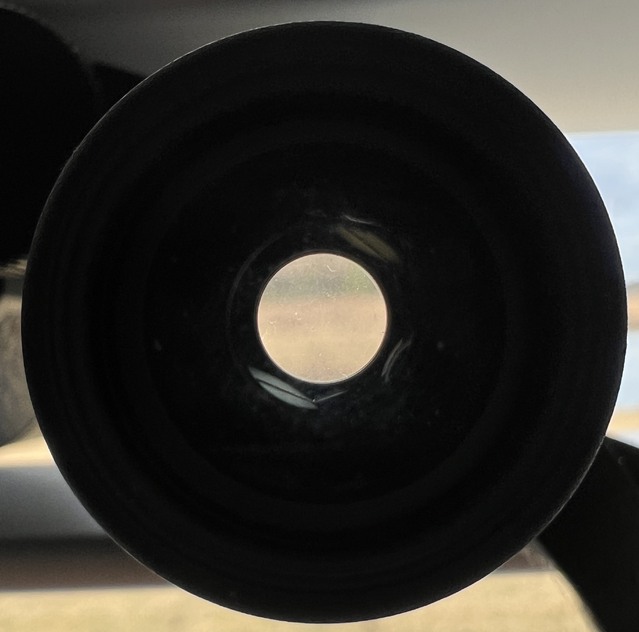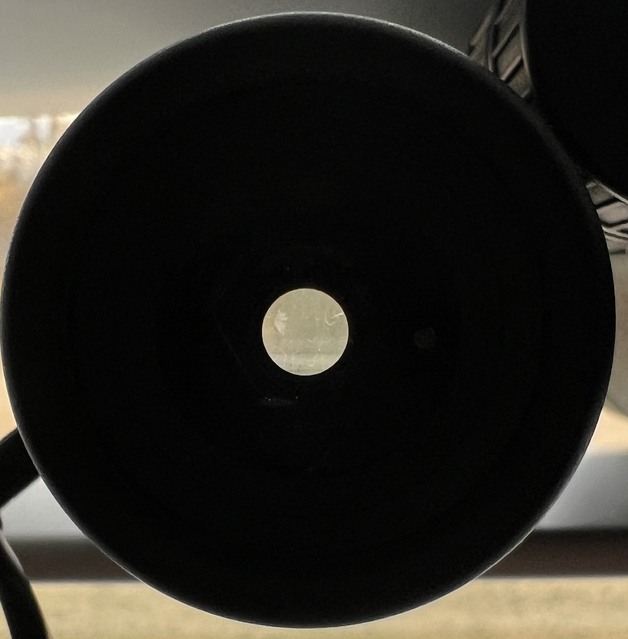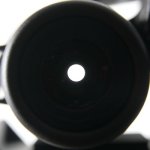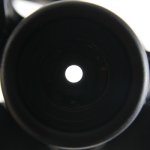If forced to name my favorite binocular reviewer on Birdforum, Chuck would most likely be it, or certainly top 2 or 3. So it is with some trepidation that I charge in to this conversation.
I‘ve owned the 735 Retro for a week. I've written of an unrequited lust from seeing my very first roof prism binocular, a Lietz Trinovid in an optics shop in Hanover, NH in 1970. They were just gorgeous, the view mind boggling. Just out of the military, newly married, hoping to start a career, with no money to spare, I thought "some day, I'll own this binocular."
In the hand, to the eye, these are as beautiful as I remember. This kinda Steve Jobs approach - wrap the functionality of a thing into a beautiful package, that brings joy just to look at, own. For me, these promise that.
Im not sure where Chuck's weight chart came from. I checked those numbers against B&H, as well as the manufacturers themselves. They're a bit different. Perhaps he weighed them. I did. Well, I weighed 2. My NL832 with RYO, ocular and objective covers all on board and the Retros, naked, (no carry strap or covers) weighed the same!
Chuck compared the Retro's FOV with UVHD+832 and commented he didnt notice much difference, using the factory published data @ 1000 yds(?). But 12' becomes 1.2' at 100, more like where I bird with an 8 or 10X bino, so not surprising. The NL 832 real FOV combined with its 65 AFOV does provide I think, a nicer more open view. That's a plus for the Swaro.
The focuser on the 735 I received was not the slickest mech I've experienced. I'm usually not bothered by slower focusers, prolly cause I'm used to them, but the effort required to move the focus knob on this example combined with the slower focus was not to my liking. I found it hard to find the sweet spot having to push so hard while needing to rotate so much to find it. The NLs win here, against this sample, easily.
The optical quality, in the center of the view, the only region I actually care about, was very close between these two. What was missing, (I know this will be controversial, and I bet Chuck will get it), the optical negative, is 7X. The difference in the appearance of this autumn's herd of Teal, Shovelers, Wigeons, Pintails swimming about, was small enough. But when I focused on some tight details with a bit of texture at 50 yards, I first thought the Retros weren't as sharp, clear. After a bit, I began to realize it was the difference between 7 and 8X. Not terribly significant, but it was there. As my birding is waterfowl, shore birds, raptors, I love 10X. Context matters. That is beginning to change after last summers focus on slow birding in dense forests searching for the smaller birds found there. I was sort of thinking these might be the thing for that role. Compared against my VP825 for that? Not so sure. Today, for migrating waterfowl against the 832 or 1042? The image is good, not better. The package?
I wondered about the 5mm exit pupil of the 735 vs the 4 of the 832. Against a pale grey 5 story concrete wall with fading blue sky above, mid afternoon, I do think the Leica was a tad brighter. I'd love to see how it prevails peering into the overhanging grasses that cover the curved mud bank mid tide where a bit of light gathering helps find a scurrying Ridgeway Rail..
Many have written here about depth of focus and how 7s are superior in this regard. I spent some time going between these, my 8s and 10s staring out the window at stuff near, 15’ or so, and further out to 45 yards. Peering out at Morning Glory and Passion flower vines, my neighbors roof, the Kaiser wall and a California Buckeye, there was lots of stuff at varying distances small and large. If there was a material difference in depth of focus, I couldn't see it. But to fine tune focus I had to fight the wheel.
Re glare, I saw glare in the Retros, the same as I did in my NLs looking at a place where there was glare to be seen. And like with the NLs, I didn't stick around to admire it, I changed my viewing position, changed my hold, checked if my head was erect, noticed whether the ocular was up against my glasses or tipped away. Whatever was required, glare was managed in both.
CA? Nah, nadda, zip, please.
Ergonomics? This was probably the decider for me. While I love looking at the Retro, its optics are good… enough, it still has to handle. And this for me was its shortcoming. My hands wanted more room and one less sharp object, (the strap boss) to deal with. The focuser was a drag, required too much moving about to find leverage that wouldn't move the binocular. In this comparison, with this sample, the NL won hands down. Could I imagine it might become something I'd grow to enjoy with more time? Perhaps. I'd need to change where and what I bird for though. Would I rather have the $1200. in my pocket? Well there’s other stuff to try.
Back to Chuck. I now need to get my hands and eyes on the UVHD+832. Will it work with my new eyeglasses? What might it do that compliments or betters what I already own and have bonded with?










